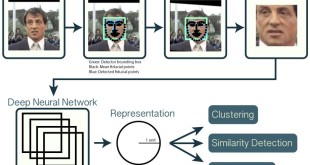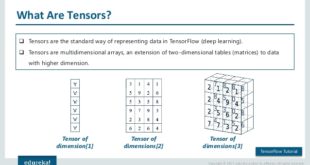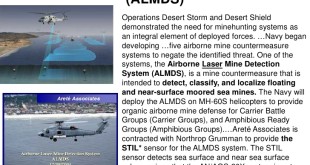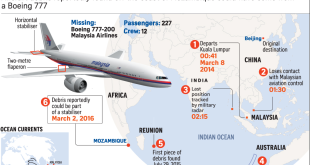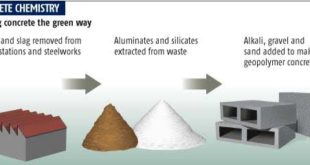In 2009, the U.S. Navy began construction of the first new type of aircraft carrier in nearly thirty-five years. The Navy refers to its newest aircraft carrier, the USS Gerald R. Ford, as “4.5 acres of sovereign U.S. territory. Gerald R. Ford is a class of supercarriers being built to …
Read More »US DOD adapts commercial 4G LTE Advanced technology for mission command data, imagery and streaming video to battlefield
As the capabilities of commercial wireless systems and technology is advancing exponentially, the technology gap between them and the military tactical communications systems is widening. Huge product-oriented investments and standardization efforts by the commercial telecommunications industry has enabled 4G wireless along with the global standard, Long Term Evolution (LTE) to achieve peak data rate capabilities approximately ten times …
Read More »Militaries employ machine learning and DNNs for day and night Facial recognition to ship recognition
AI is a field of computer science dedicated to the theory and development of computer systems that are able to perform tasks normally requiring human intelligence, such as visual perception, speech recognition, translation between languages, decision-making, and problem-solving. The commonly used AI techniques are Machine Learning (ML), including Artificial Neural Network(ANN) …
Read More »Tensors are becoming important tool in Warfare from modeling combat to detect military targets using Google’s TensorFlow
In mathematics, a tensor is an algebraic object that describes a linear mapping from one set of algebraic objects to another. According to Ars Technica, “Basically, a tensor is a matrix of equations, instead of a matrix of pure numbers. Tensor mathematics is the manipulation of these equation matrices as …
Read More »Soldiers employing human Energy harvesting technologies including Backpack, knee kinetic and Heel-strike to power devices on the battlefield
The vision for the future soldier is to be combat effective and also highly mobile, adaptive, networked, sustainable with total battle space situation awareness and information assurance. Therefore, he is equipped with night- vision goggles, radios, smartphones, GPS, infrared sights, a laptop as well as batteries to power them. Some …
Read More »US Navy employs Airborne Laser Mine Detection System ( ALMDS) , and the Airborne Mine Neutralization System (AMNS) to search and destroy enemy’s mines
More than thirty countries produce mines, and twenty countries export them. Iran has reportedly laid several thousand naval mines, North Korea’s 50,000, China 100,000 or so, and Russia estimated quarter-million. Since World War II, sea mines have damaged or sunk four times more U.S. Navy ships than all other means …
Read More »Departments of Defense developed Cloud-based biosurveillance ecosystem to warn of coming pandemics
The threats of chemical, biological, radiological, nuclear and explosive (CBRNE) hazards continue to advance. CBRN weapons are some of the most indiscriminate and deadly weapons in existence today, with capability to affect large population in wide geographical area and in short time. The release of Chemical, Biological, Radiological and Nuclear …
Read More »Countries developing persistant ballistic missile warning Infrared satellites to counter ICBM and Hypersonic Missiles threats
The warning bells has ringed in US, as Kim has finally succeeded in developing an ICBM operational capability through which it can deliver a nuclear weapon anywhere in the United States, according to analysis based on Images released by North Korea. North Korea released dozens of photos and a video …
Read More »Why technology was unsuccessful in finding MH370 which disappeared in 2014, New mission to find MH370 is planned to be launched
Flight MH370 left Kuala Lumpur was bound for Beijing in March 2014 when it disappeared, with 239 people on board. Even after the largest and most expensive search in aviation history, to date, neither any confirmed debris from the aircraft nor any survivors have been found. A four-year deep sea …
Read More »Geopolymer an innovative material is widely useful as construction industry to military runways, insulation material, and rocket nozzles
Geopolymer concrete—an innovative material in light of the ongoing emphasis on sustainability is a potential alternative to conventional portland cement concrete for use in transportation infrastructure construction. In contrast to portland cement, most geopolymer systems rely on minimally processed natural materials or industrial byproducts to provide the binding agents. Since …
Read More » International Defense Security & Technology Your trusted Source for News, Research and Analysis
International Defense Security & Technology Your trusted Source for News, Research and Analysis


